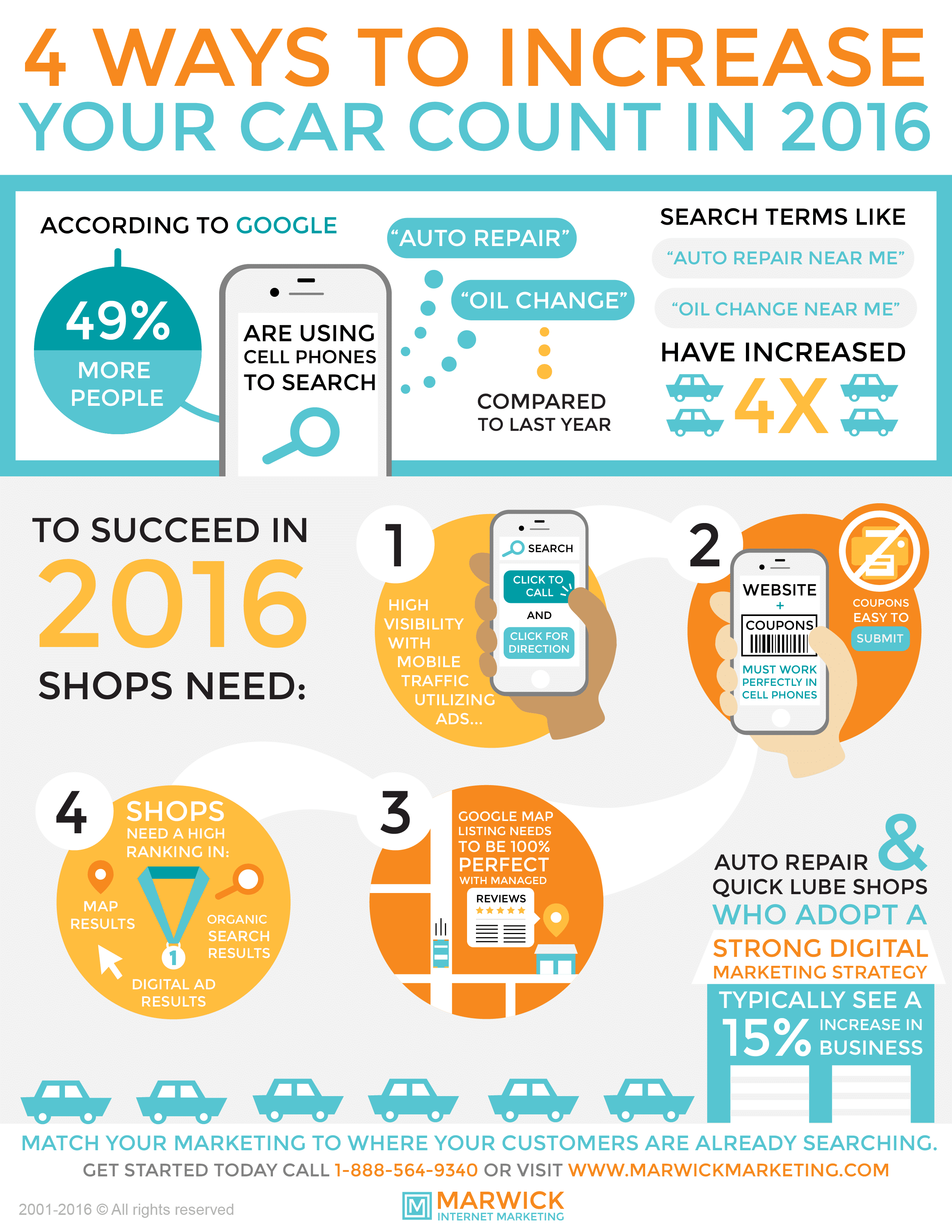Eager To Understand What The Control Panel Caution Lights In Your Automobile Signify? Explore Their Meanings For The Well-Being And Security Of Your Automobile
Eager To Understand What The Control Panel Caution Lights In Your Automobile Signify? Explore Their Meanings For The Well-Being And Security Of Your Automobile
Blog Article
Web Content Composed By-Boye Gilbert
When you're behind the wheel, those beautiful caution lights on your dashboard can be a little bit puzzling. Do you recognize what they're attempting to tell you about your cars and truck's health? Recognizing the value of these lights is essential for your security and the longevity of your automobile. So, the next time one of those lights pops up, wouldn't you intend to decode its message precisely and take the necessary actions to resolve it?
Common Caution Lights and Interpretations
Identify usual caution lights in your car and recognize their definitions to ensure risk-free driving.
The most common caution lights include the check engine light, which signifies problems with the engine or emissions system. If this light begins, it's important to have your vehicle checked promptly.
https://www.fool.com/investing/2022/03/26/this-dividend-king-hiked-its-dividend-should-you-b/ cautioning light shows reduced oil stress, needing prompt interest to stop engine damages.
A flashing battery light may recommend a defective billing system, possibly leaving you stranded if not attended to.
The tire pressure monitoring system (TPMS) light notifies you to low tire pressure, impacting lorry stability and fuel effectiveness. Overlooking this might lead to harmful driving conditions.
The ABS light indicates a problem with the anti-lock braking system, compromising your capacity to quit rapidly in emergency situations.
Lastly, the coolant temperature alerting light warns of engine overheating, which can result in severe damages if not settled quickly.
Comprehending these common caution lights will certainly aid you deal with issues quickly and preserve safe driving conditions.
Relevance of Prompt Attention
Comprehending the typical caution lights in your auto is just the primary step; the relevance of without delay attending to these cautions can't be highlighted sufficient to guarantee your security when traveling.
When https://engine-remapping51738.blogpayz.com/31272562/do-you-want-to-find-out-exactly-how-automation-and-robotics-are-altering-the-characteristics-of-the-auto-detailing-service illuminates on your control panel, it's your vehicle's way of interacting a prospective issue that requires focus. Disregarding these cautions can cause extra extreme troubles in the future, endangering your safety and potentially costing you more in repairs.
Trigger interest to alerting lights can prevent breakdowns and accidents. For instance, a blinking check engine light could show a misfire that, if left ignored, can cause damage to the catalytic converter. Resolving this quickly can conserve you from an expensive repair.
Likewise, a brake system alerting light could signify low brake liquid or used brake pads, important elements for your security when driving.
DIY Troubleshooting Tips
If you see a caution light on your control panel, there are a few do it yourself troubleshooting pointers you can attempt before seeking specialist help.
The first step is to consult your cars and truck's handbook to recognize what the specific warning light indicates. Sometimes the problem can be as basic as a loose gas cap activating the check engine light. Tightening up the gas cap might fix the trouble.
An additional usual issue is a reduced battery, which can set off numerous advising lights. Checking the battery links for rust and ensuring they're protected could take care of the problem.
If a warning light lingers, you can attempt resetting it by detaching the automobile's battery for a few mins and after that reconnecting it. Additionally, examining your car's fluid levels, such as oil, coolant, and brake fluid, can help troubleshoot warning lights connected to these systems.
Final thought
Finally, comprehending your car's caution lights is necessary for maintaining your vehicle running smoothly and securely. By without delay dealing with these signals and recognizing what they mean, you can avoid expensive repair services and possible failures.
Remember to consult your car's handbook for certain information on each alerting light and take action appropriately to make certain a trouble-free driving experience.
Keep notified, stay risk-free on the road!
